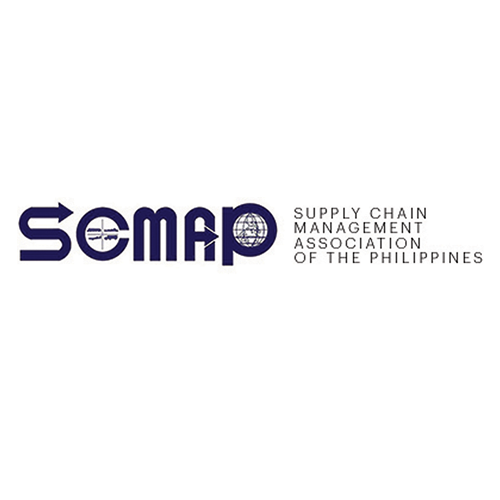Surely we can be forgiven for not seeing the forest for the trees, especially in the last couple of years, when COVID-19 forced us inward (literally), made us think of more immediate concerns, and led us to conclude that the situation is dire, and will be dire for a while.
It’s not that it isn’t true. It’s that, in these situations, we tend to miss the bigger picture. While the Philippine economy lost a lot of opportunities because of an inability to more decisively grapple with the pandemic, in macroeconomic terms we’re still in a good position to recover what we have lost. Yes, it won’t be instantaneous. Estimates from different economists suggest it may take between five and ten years for the economy to regain what it had lost – and that’s before factoring in lost opportunities. While vaccination numbers are improving, consumer confidence still isn’t quite where it was before the pandemic.
But we’ve seen previews of where we can be once all (or, at least, most) anxiety is allayed. The Philippine digital economy leapt to USD 17 billion in 2021, almost double than the year before, according to the latest e-Conomy Report by Google, Temasek and Bain. E-commerce is certainly surging, and there’s still room to grow. But we know customers will not go purely digital just because it’s available. We’ve seen the long lines outside Ikea as it opened its first Philippine branch late last year. We’ve heard of how people are still itching to do the things they haven’t been able to do freely in the past couple of years – say, traveling. That’s not to mention the digital divide that still exists in other parts of the country. Imagine when most, if not all, of those hurdles are overcome.
2022 seems like a good time to really start. As the government continues planning for COVID-19 as an endemic disease, early indicators suggest we may be moving to Alert Level 1 in March (although, personally, it may still be too early). The private sector is planning for another uptick in demand once mobility goes closer to pre-pandemic levels. The fact that it’s an election year promises a boost in consumption in the first half of the year. But we can’t just rely on the demand being there. Variables remain, for one. More importantly, expectations have also changed. The past two years are as important for its long-term impact on global economies and consumer preferences. We have to be ready for that.
In 2022, we at SCMAP intend to focus on spotlight innovations across the supply chain, both to provide a glimpse into what’s possible, and to encourage stakeholders to reach out to partners old and new in the spirit of collaboration. This much was the theme at our recently concluded Supply Chain Outlook Live event last week. (You can watch the full video on our YouTube channel.) We are happy to hear the government’s plans to encourage development of innovative industries are still on pace, and that the private sector is still busy adapting for the digital future that’s already happening. With our macroeconomic fundamentals still on strong ground, we can confidently say we’ve only just begun.
But, again, a lot of work is left to be done. The digital divide doesn’t provide an excuse for businesses to defer their digital transformation journey. A survey by the Economic Research Institute for ASEAN and East Asia in early 2021 indicated that only 32% of Filipino businesses embarked on some degree of digitization as a response to the pandemic. Understandable considering the whole short-term/long-term thing, but hopefully by this time that’s considered more of an option, if not an imperative. As our white paper co-developed with YCP Solidiance indicates, the pathways to digitalization aren’t difficult: it’s as easy as starting a conversation with a partner whose expertise is in technology, and having an understanding of what issues need to be addressed. It’s not an instantaneous process, but better being in the midst of preparations now than starting late and being left behind.
On the government’s part, it can begin by releasing a holistic plan for dealing with an endemic COVID-19 that prioritizes three things: the health of Filipinos, so they can be assured of not having to deal with any disease alone; supporting industries, particularly those heavily affected, to ensure no one is left behind in the “new normal”; and resuming mobility, to further spur the economy along. We also hope that long-term economic plans and priorities remain in place, particularly in infrastructure spending. We can’t discount the fear that things will change once a new president is elected.
And finally, we have to act with urgency. Beyond the pandemic, new crises loom. Increasing prices, particularly in energy, will impact an already-increasing cost of living and may further dampen consumer confidence. Geopolitical disruptions will impact global trade (and an import-reliant Philippines) as well as operating and logistics costs. Only by working together, and consistently, can we face these hurdles head on. Only by working together can we definitively say we have begun this long journey of recovery.
Henrik Batallones is the marketing and communications director of SCMAP, and editor-in-chief of its official publication, Supply Chain Philippines. More information about SCMAP is available at scmap.org.





